If there is one event in the art world, that is able to attract everyone’s attention, it is certainly the Venice Biennial.
It can be hard to keep track of all the shows and pavilions at the Venice Biennial. To not leave you alone with the multitude of events and emerging trends of the art world, we devote two special episodes of Unraveled to the 58th edition of the biennial.
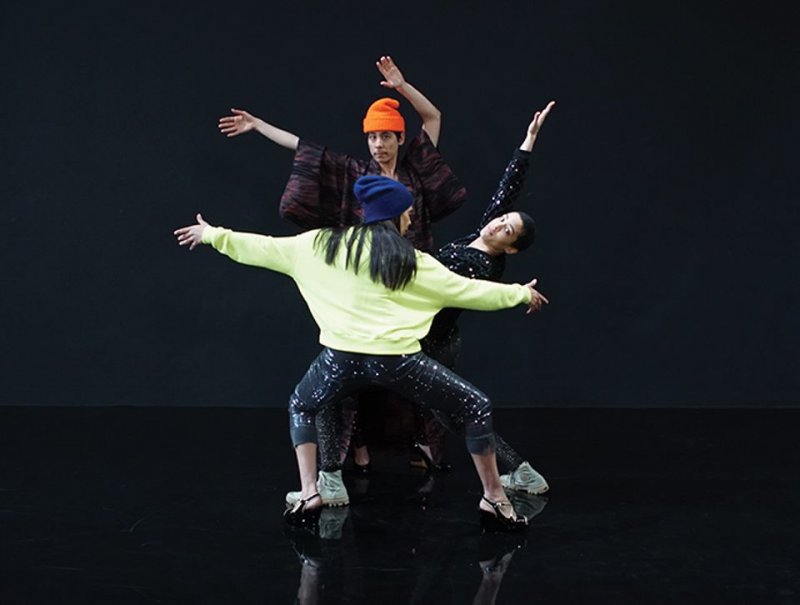
During the preview, Philippe Hindahl and Bernard Vienat interviewed the curator Charlotte Laubard, who invited Pauline Boudry and Renate Lorenz to exhibit in the Swiss Pavilion. Then we talked to Lorenzo Sandoval, one of the artists of the Finnish pavilion. We discussed their works, their views on collaboration, the national structure of the biennial, and their respective roles as curator and artist. This will be followed by the second part in which we speak with Irene Campolmi, co-curator of the Estonian Pavilion and Dane Mitchell, who shows at the pavilion of New Zealand.
Charlotte Laubard and the Swiss Pavilion
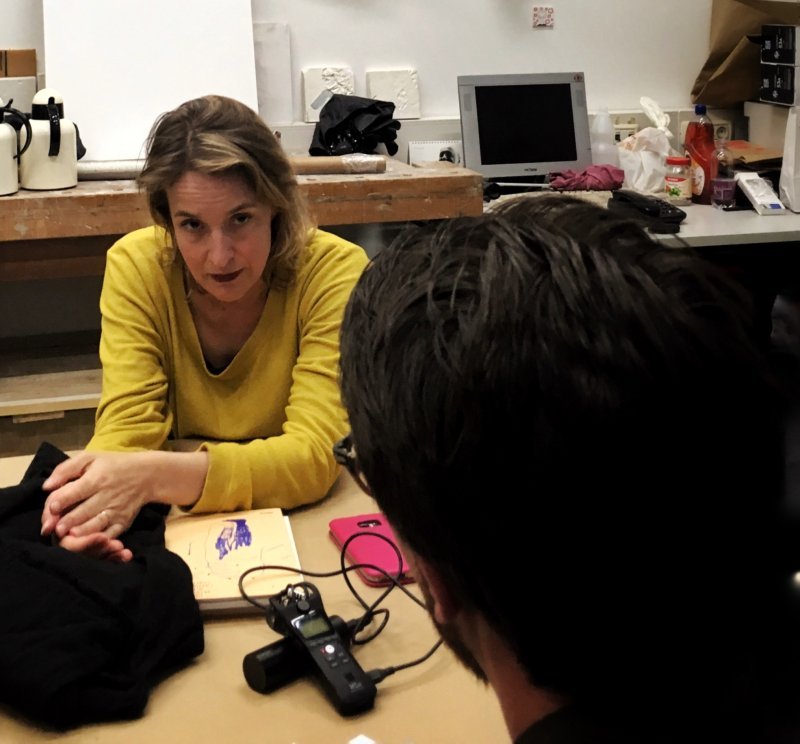
Switzerland first participated in the Biennial in 1920, and since 1951, the Alpine country has its own pavilion in the Giardini. In the spirit of post-war modernism, the architect Bruno Giacometti–his brother Alberto is the famous sculptor–designed a structure that creates a fluid interchange of inside and outside. Unlike its neighbors from the pre-war years, the Swiss pavilion doesn’t make a monumental statement: no giant columns or stairs, all is level and easily accessible.
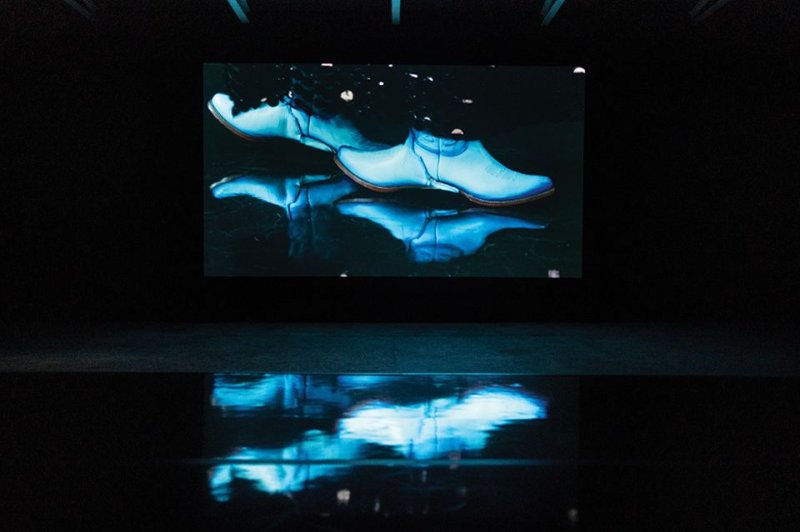
This year, the building hosts an installation and a video work by Berlin-based artist duo Pauline Boudry and Renate Lorenz. The immersive piece turns the pavilion into a club, dark and with loud music. The representation has been curated by Charlotte Laubard. She is the head of the art school in Geneva where she researches the use value of art, the impact of the digital, and the cultural change it brings about. Charlotte was also director of the museum for contemporary art in Bordeaux, and among many other curatorial positions, she was artistic director of the Nuit Blanche in Paris, an all night festival for performance and the arts.
Lorenzo Sandoval and the Finnish pavilion
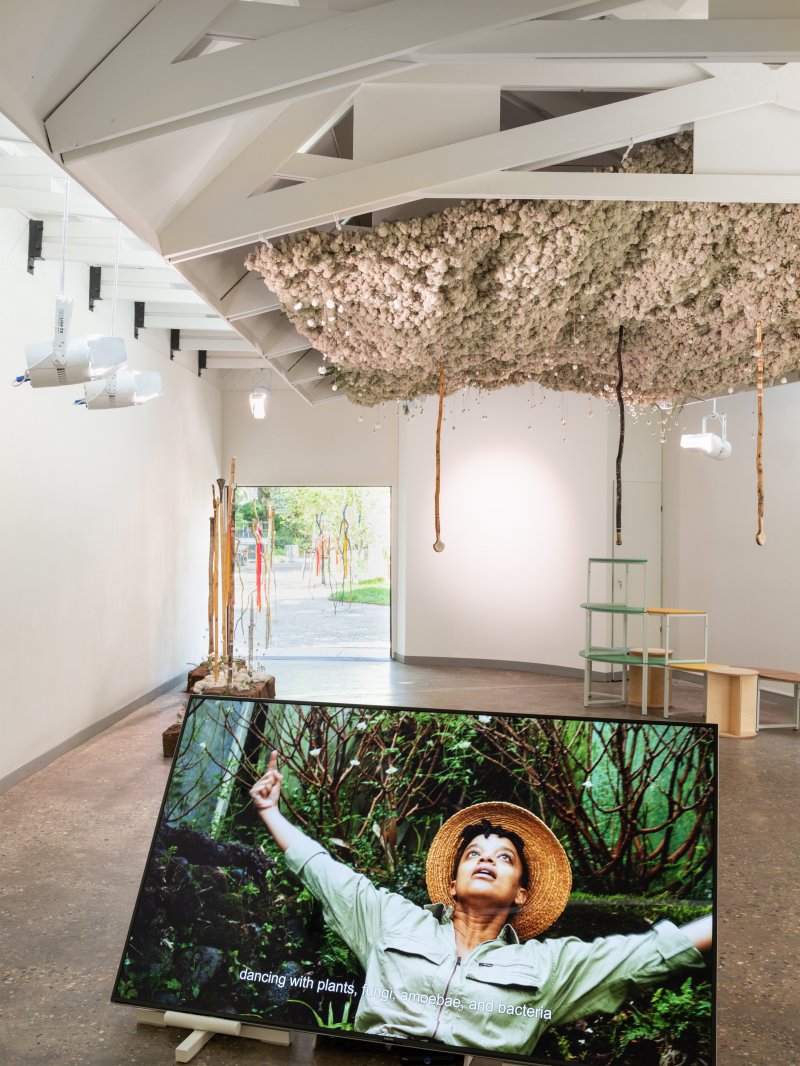
The artist Lorenzo Sandoval is part of the Miracle Workers Collective–a group of artists, filmmakers, curators, and activists that has responded to an open call and has been selected by a jury of five people from the international art world to curate the Finnish pavilion. In the jury’s statement it said that the collective’s proposal
“brings a fresh and innovative approach towards (…) cultural producers in Finland while addressing urgent global issues.”
And that’s true, upon entering the Alvar-Aalto-designed pavilion, there is an undeniably specific Finnish take on issues that concern the entire world. Let’s take the collective itself: it consists of artists from around the world. And yet, for instance the marginalised ethnic group of the Saami, is a presence in the pavilion. Not only does a row of traditional walking canes lead the way into the exhibition. Traditional Saami songs and tales are present in the central video work of the show.
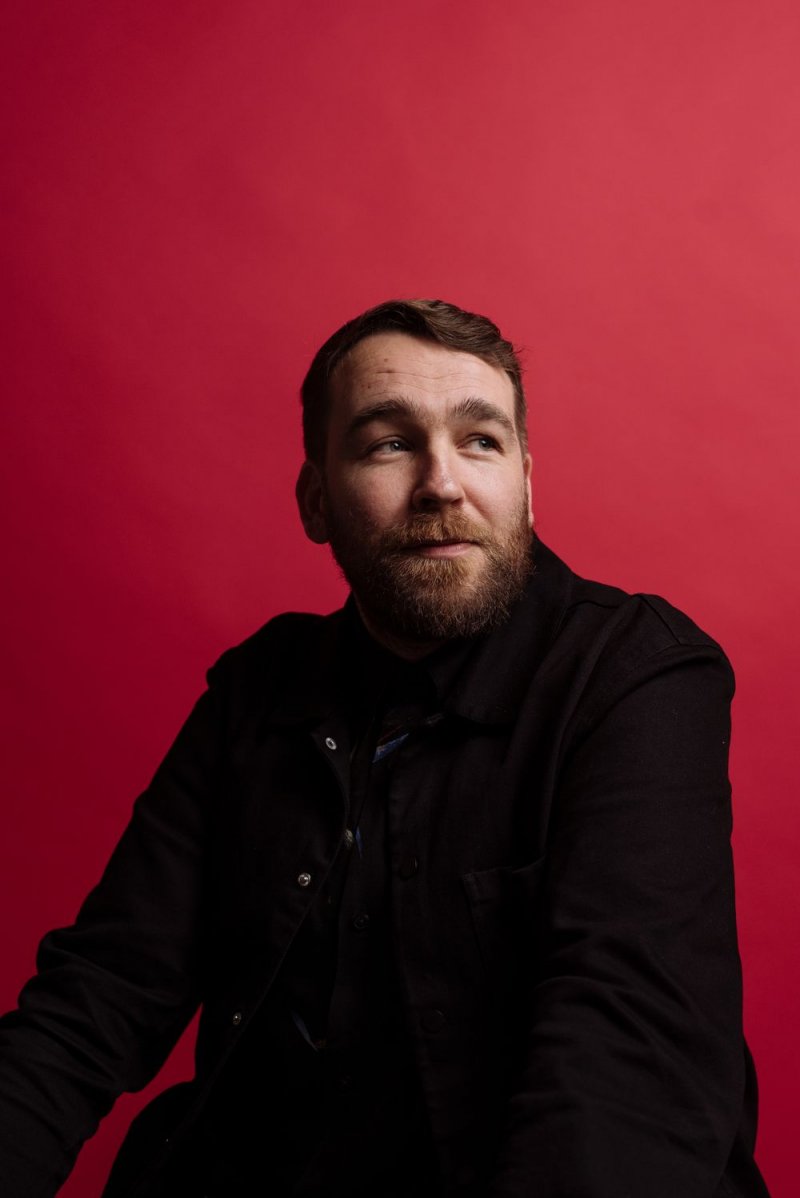
Of course, Lorenzo Sandoval is no stranger to collaboration or to the design of exhibition space. The artist, born in 1980 in Madrid, lives in Berlin, and his work is centred around spatial storytelling. Lorenzo actually calls himself an amateur architect, and in his installations he explores international power relations. He is also founder of The Institute for Endotic Research, which is also a project space, dedicated to the endotic–which means the opposite of the exotic, and thus the strange environment we find ourselves in every day.